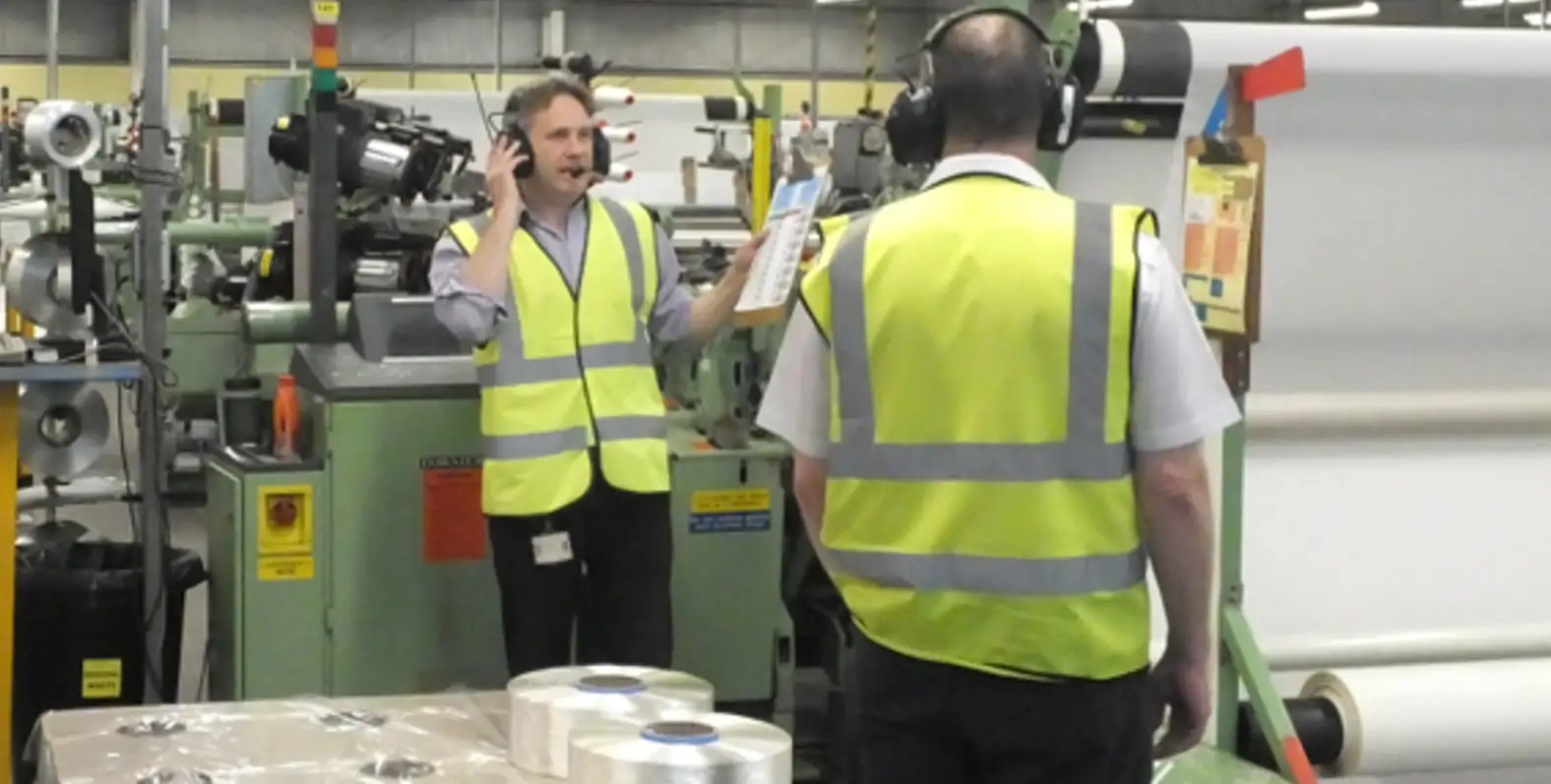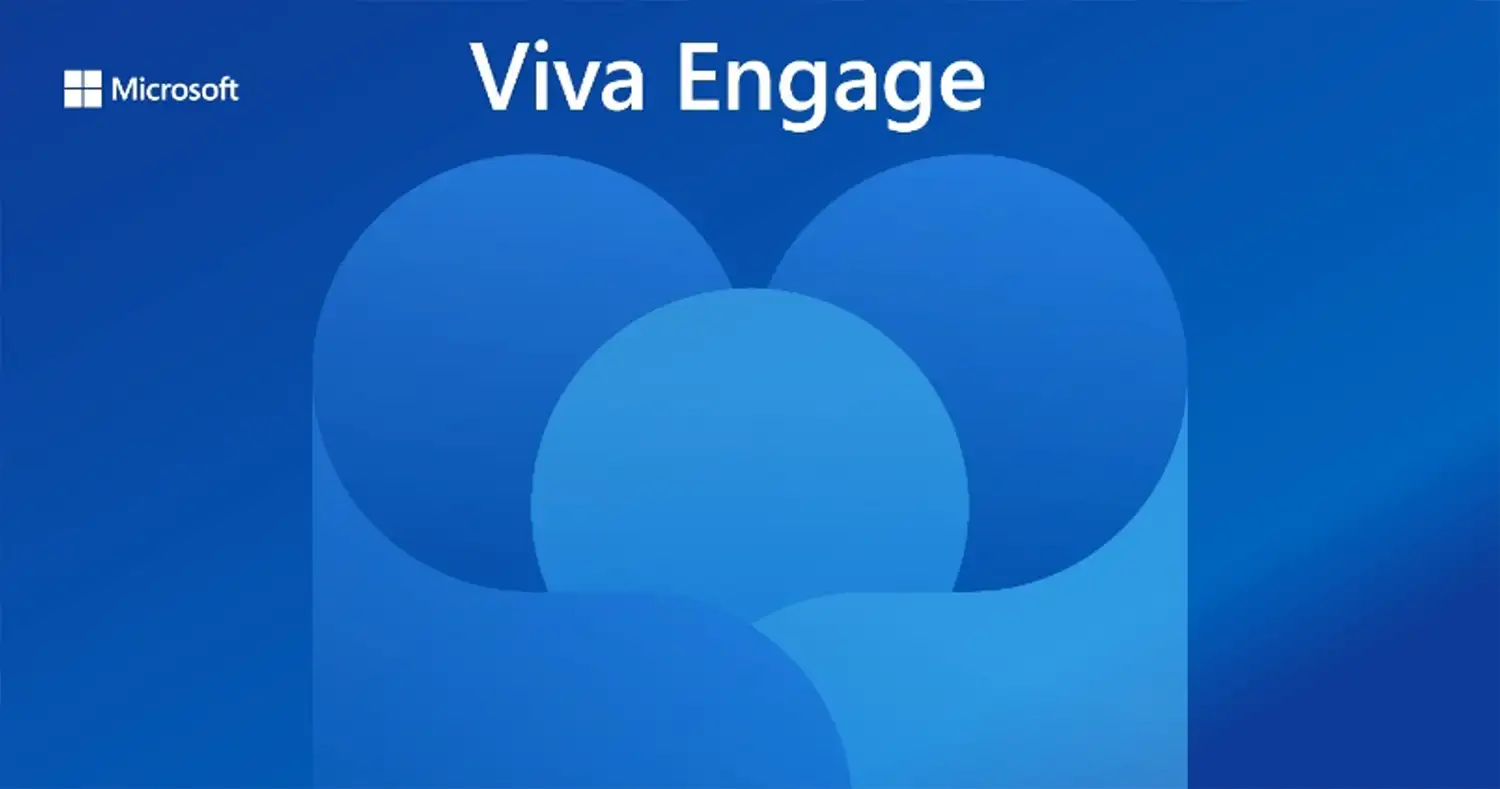10 Practical Communication Methods
- About Us
-
Businesses
-
Main Menu
- Businesses
- Our Businesses Overview
-
Textile
-
Businesses
- Textile
- Overview
- Markets
- Brands
- Expertise
- Media
- Contact Us
- Chemical
- Flooring
-
Performance Solutions by Milliken
-
Businesses
- Performance Solutions by Milliken
- Overview
- Consulting Services
- Education and Events
- Resources
- Virtual Tour
- Contact Us
- Products
-
Industries
-
Main Menu
- Industries
- Industries Overview
- Agriculture
- Apparel
- Automotive and Transportation
- Building, Construction, and Infrastructure
- Coatings, Paints, and Inks
- Commercial
- Consumer Goods
- Education
- Energy and Utilities
- Government and Defense
- Healthcare and Life Sciences
- Hospitality
- Manufacturing
- Packaging and Print
- Residential
- Sustainability
- Careers
10 Practical Communication Methods
Communication can be notoriously difficult to get right. A quick search engine search for effective communication will provide the researcher with a list of key ingredients for successful communication which will no doubt convey the importance of timeliness, content, consistency, appropriateness and so on. All are crucial; however, this blog looks at practical communication channels that you may wish to consider as part of your communication strategy.
Communication Strategy:
Plan:
Create a comprehensive internal communication strategy that outlines your objectives, target audience, and chosen channels.
Content:
Ensure the content you share is relevant, timely, and accessible to all employees.
Measure:
Track the effectiveness of your communication efforts and make adjustments as needed.
The following potential written, verbal, digital, and non-digital channels highlight practical ways that you can improve communication in your organisation.
1. Town Halls
A town hall communication event (also known as Quarterly Briefs), is a site/ division/ business-wide gathering where leadership share updates, discusses key initiatives, and addresses employee questions or concerns. These meetings aim to foster open communication, transparency, and collaboration between leadership and employees
‘Pros’
Executive leaders can communicate their message without the context being interpreted or diluted.
‘Cons’
Mostly one-way and the audience are typically nervous to ask questions. Likely means people have to stop work to attend which can be difficult in some industries.

2. Senior leader’s video message
A medium for Senior Leadership teams to get their weekly communication out and across the enterprise. A brief message from the senior site leader is an effective way to communicate. These videos provide a platform for leaders to provide a reminder of one of the key goals of the organization and give personal recognition from the previous week.
‘Pros’
A medium for Senior Leadership teams to get their weekly communication out without restrictions such as shift patterns, remote working etc. Again, the messaging is direct from the leader and thus avoids misinterpretation or dilution of the message. The video’s are easy to put together, can be produced on a mobile phone.
‘Cons’
Weekly message may not be applicable for some of the audience. Access to hardware to view the videos could be challenging for some organisations.
3. Team Center DMS Boards/ Screens
‘Pros’
Team Center Daily Review and Response routines are an effective way to support individuals to achieve their personal/ team targets. These can be physical boards or digital screens. Not everyone likes apps! A good old Daily Management Board and the power of the pen can still be an effective way to communicate
‘Cons’
Very few. Striking the balance of local information and site wide information is critical. Some organisations may deem the ‘time’ investment in these formats too much of a burden. If not kept up-to-date, the screens and boards will disengage the teams.

4. Toolbox Talks
A toolbox talk is a brief, informal meeting, typically before a work shift or start of the working week, to discuss specific topics. These talks are meant to be short, focused, and easily understood. Content can include refreshers on safety procedures, addressing any quality concerns or raising potential service issues.
‘Pros’
They encourage open communication between employees and management, allowing for the sharing of concerns and the dissemination of important safety information.
‘Cons’
In roles where the oncoming employee is required to relieve the off going employee of their duties, it can be challenging to implement tool box talks without shifts overlapping which is a cost.
5. Shift Handovers
Shift handovers are an effective method for an off-going shift to communicate to an oncoming shift. These handovers should be structured with a firm agenda where the communicating of essential information and responsibilities takes place, ensuring a smooth transition and continued safe and effective operations./p>
‘Pros’
A quick and an effective way to communicate the current status. Handovers avoid the need to need to make assumptions of the inherited status.
‘Cons’
Can be a challenge to release people to attend a handover.

6. Brunch/ Elevenses Forums
These forums are a relaxed Q&A with senior site leaders and employees. Cadence is likely to be monthly or bi-monthly depending on the size of the site. Attendance is based on schedule so it’s likely attendees will only attendance once a year or even every other year. Snacks and drinks are provided to create a more informal environment.
‘Pros’
An Informal environment conducive for employees to be comfortable to ask open questions. A chance for leaders to dispel, confirm or clarify rumours. Minutes are released after the meeting so the wider organisation are communicated to.
‘Cons’
Attendance infrequent, requires post event communication to get to the masses.
7. Weekly/ monthly bulletin
These forums are a relaxed Q&A with senior site leaders and employees. Cadence is likely to be monthly or bi-monthly depending on the size of the site. Attendance is based on schedule so it’s likely attendees will only attendance once a year or even every other year. Snacks and drinks are provided to create a more informal environment.
‘Pros’
Bulletins can be an effective communication method, particularly for disseminating information to a large or specific audience quickly and efficiently. They are low cost to produce and are not invasive for the reader to find time to read the bulletins in.
‘Cons’
Take up of receiving and reading the bulletin is difficult to verify. Some people in the organisation may not be able to read or the company language may not be the individuals first language.
8. Leader Visibility
Its sounds simple and it is, but it is also extremely effective (if done right!). Whether that is being present on the shopfloor of a factory, a warehouse, a call center or office. The leader must be approachable; the repetition of practising this routine will naturally make the leader more accessible and less daunting which will enable communication to flow more easily. If this is not natural for the leader, put an entry into the leader’s standard work so that this becomes a habit.
‘Pros’
Leaders should be visible on the shop floor to foster a strong, engaged, and productive work environment. Visibility builds trust, improves communication, and allows leaders to directly observe operations and address issues in real-time.
‘Cons’
Can take a while to build trust between all parties if the leader isn’t often seen on the floor. A discussion with the leader may seem daunting and if the leader’s tone and body language are unwelcoming then neither party will gain much from the process.

9. Connected Worker - Digital Mobile Platforms
The emergence of mobile digital connected worker platforms has made connectivity across shifts and department much easier and quicker. These platforms empower frontline workers to improve safety, productivity, and quality, through live, real-time communication and activity.
‘Pros’
Speed of communication. Feedback can be instantaneous. Photos and videos add depth to the discussions.
‘Cons’
Cost and time to implement.

10. Internal Social Media
Some organizations utilize internal social media platforms for informal communication, sharing updates, and fostering engagement. Providing an internal social media platform such as Microsoft Viva Engage is a way of keeping people connected and able to collaborate.
‘Pros’
Speed of communication. Feedback can be instantaneous. Photos and videos add depth to the discussions.
‘Cons’
Cost and time to implement.

In summary
This list of 10 isn’t exhaustive, nor are they a silver bullet to solve all an organisation’s communication opportunities. In isolation they aren’t as effective as when they are deployed as suite of communication channels. For every person that loves a particular communication channel there will be another that dislikes that method. The trick is to use a suite of communication channels and continue to refine and improve those channels. Avoid some of the pitfalls, most notably those methods that become interruptions, pop ups on computers, TVs in restaurants areas etc.
When implementing your communication methods remember to communicate about the implementation; in other words, “tell them what you are going to say, say it, tell them what you said”. Avoid communication fatigue. If you are going to stop communicating in a certain way, explain why.’ Remember, always feedback, if someone has taken the trouble to engage in whatever channel they chose to do so, show them the respect they deserve and provide feedback, even if the answer you are providing isn’t necessarily the one, they may want to hear!
Partner With Us Today
